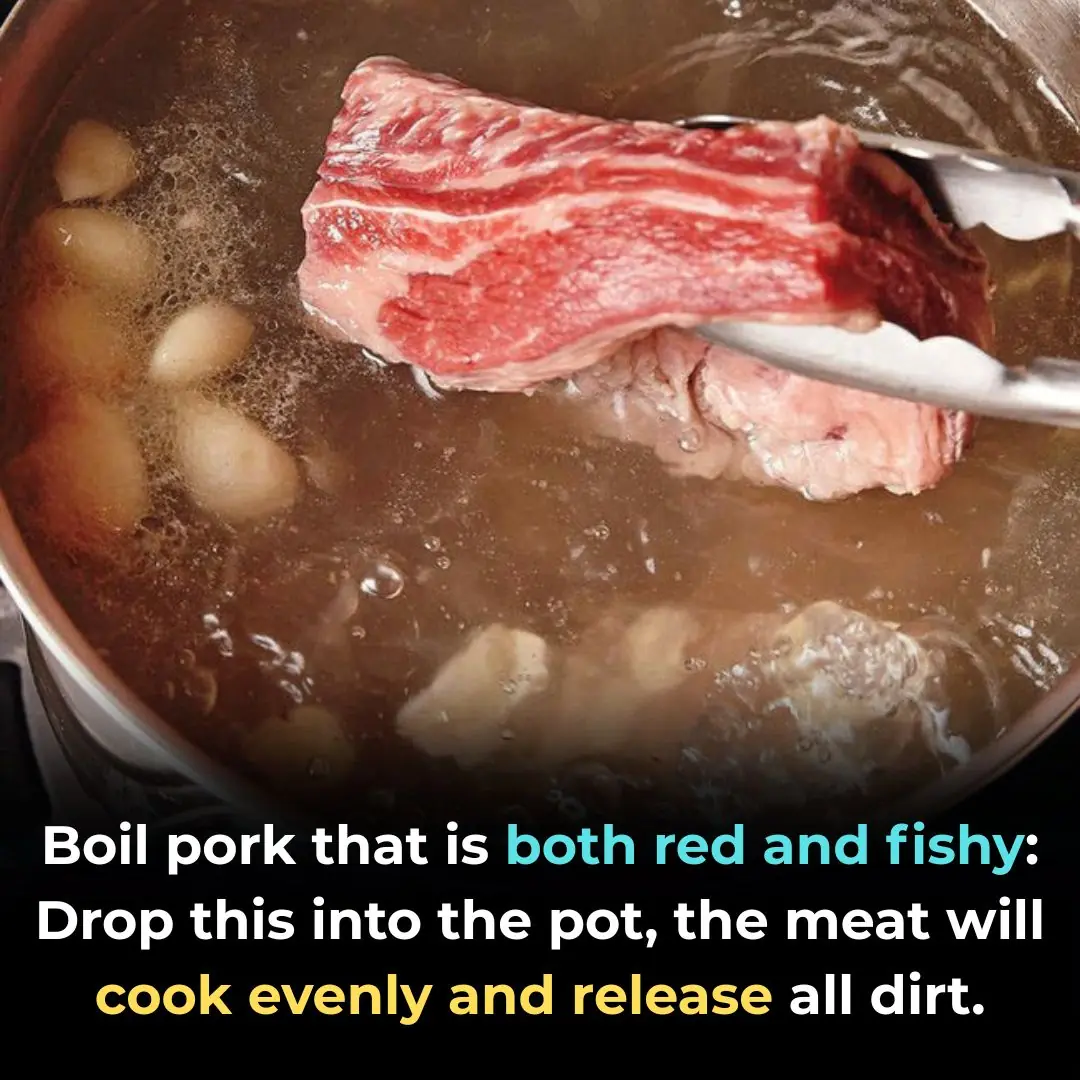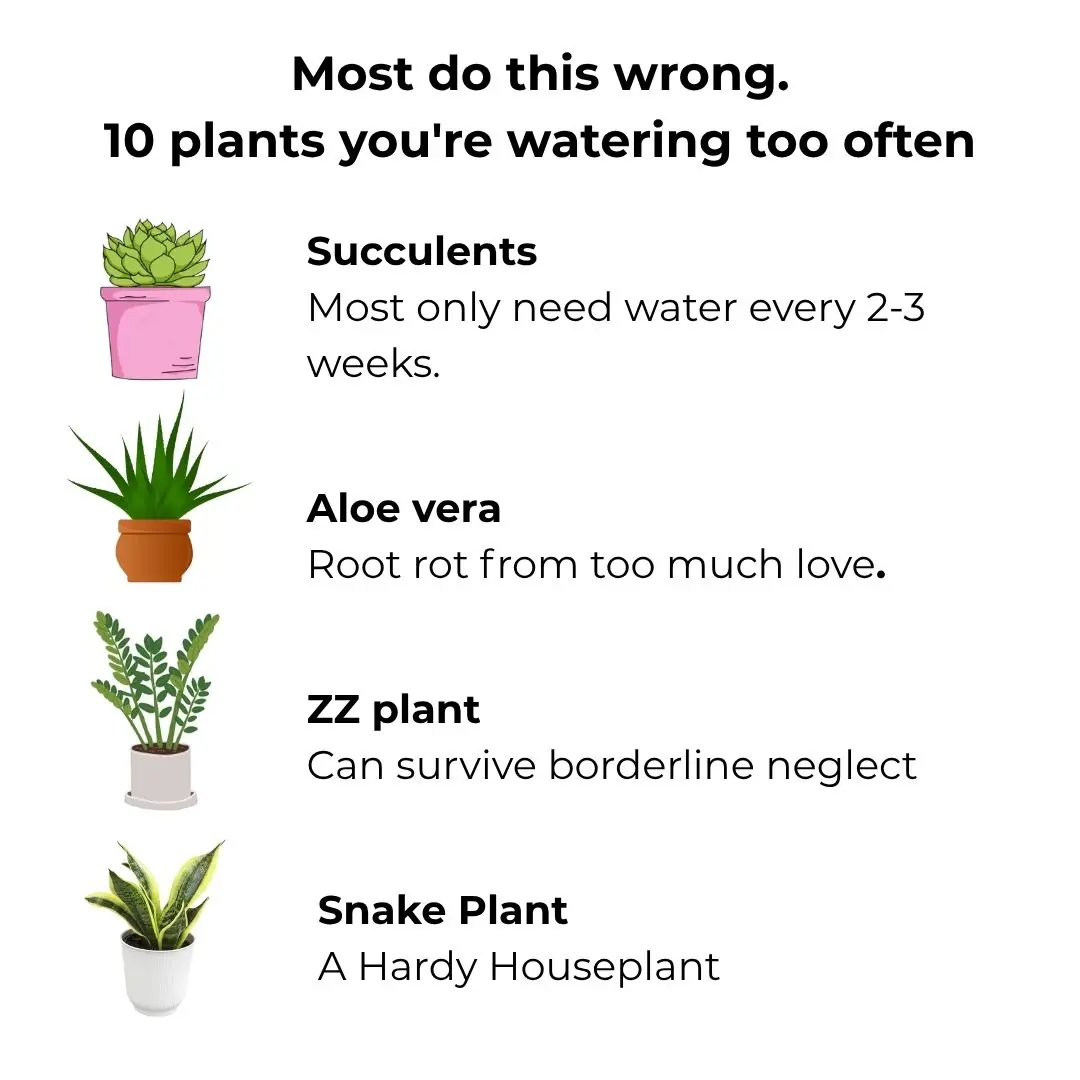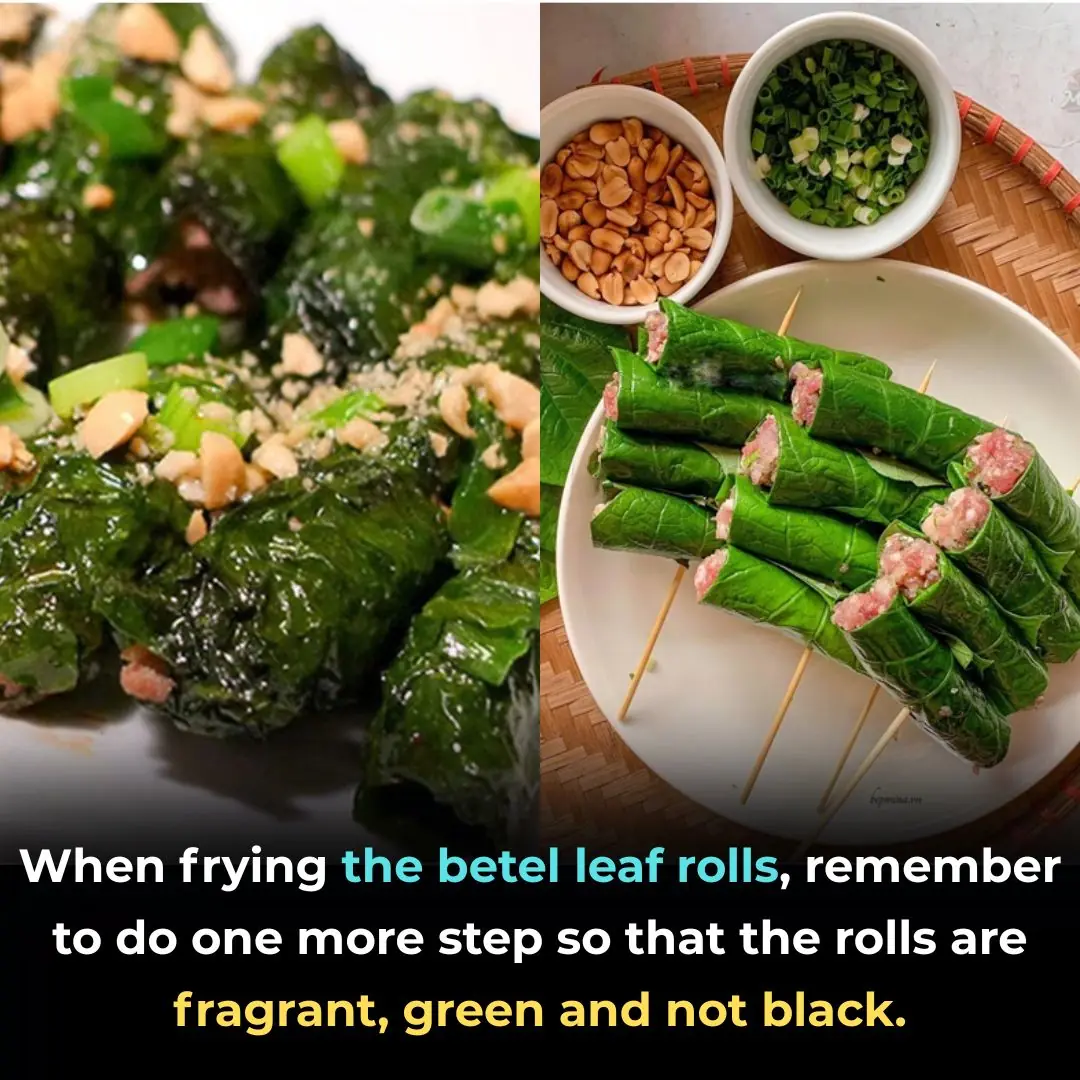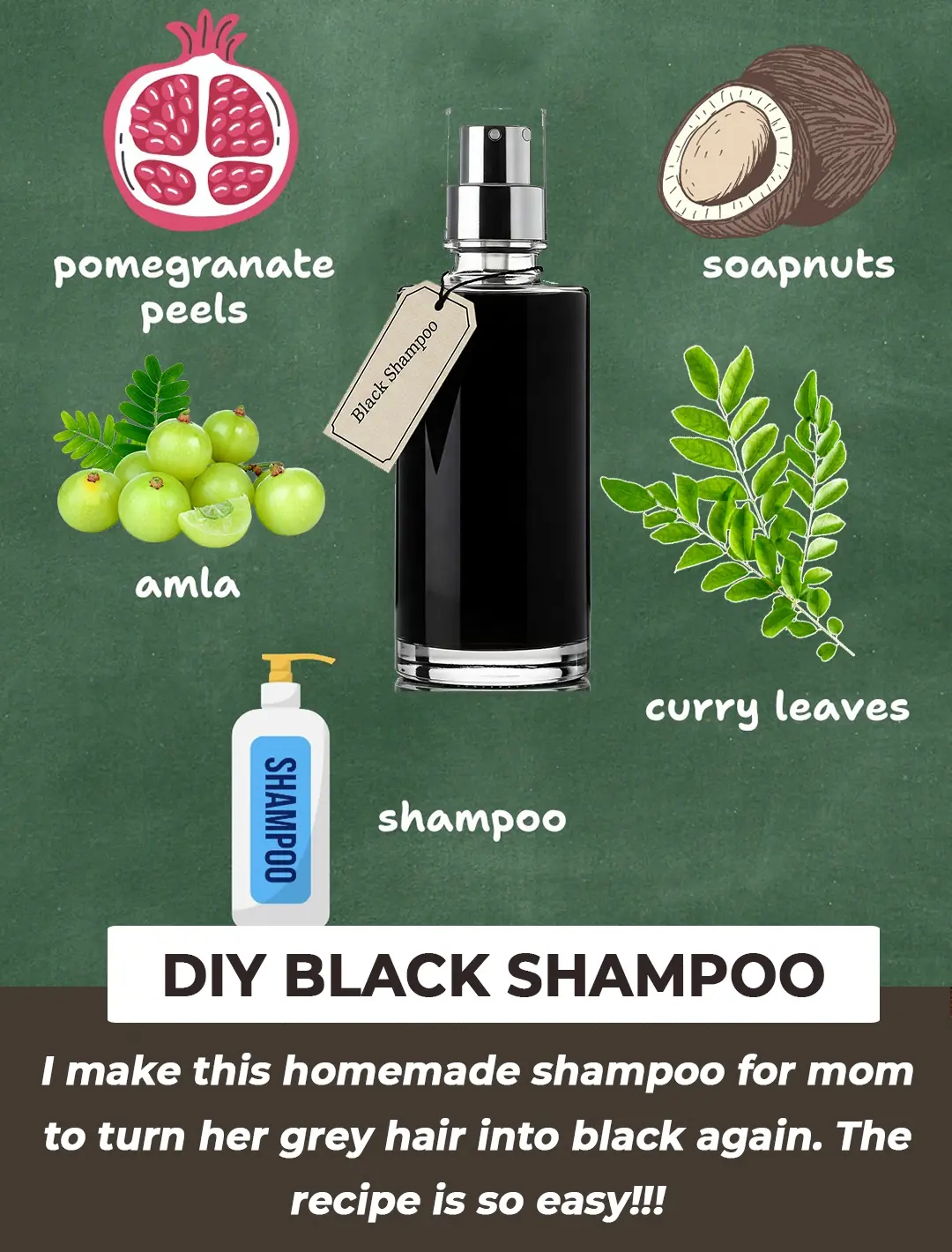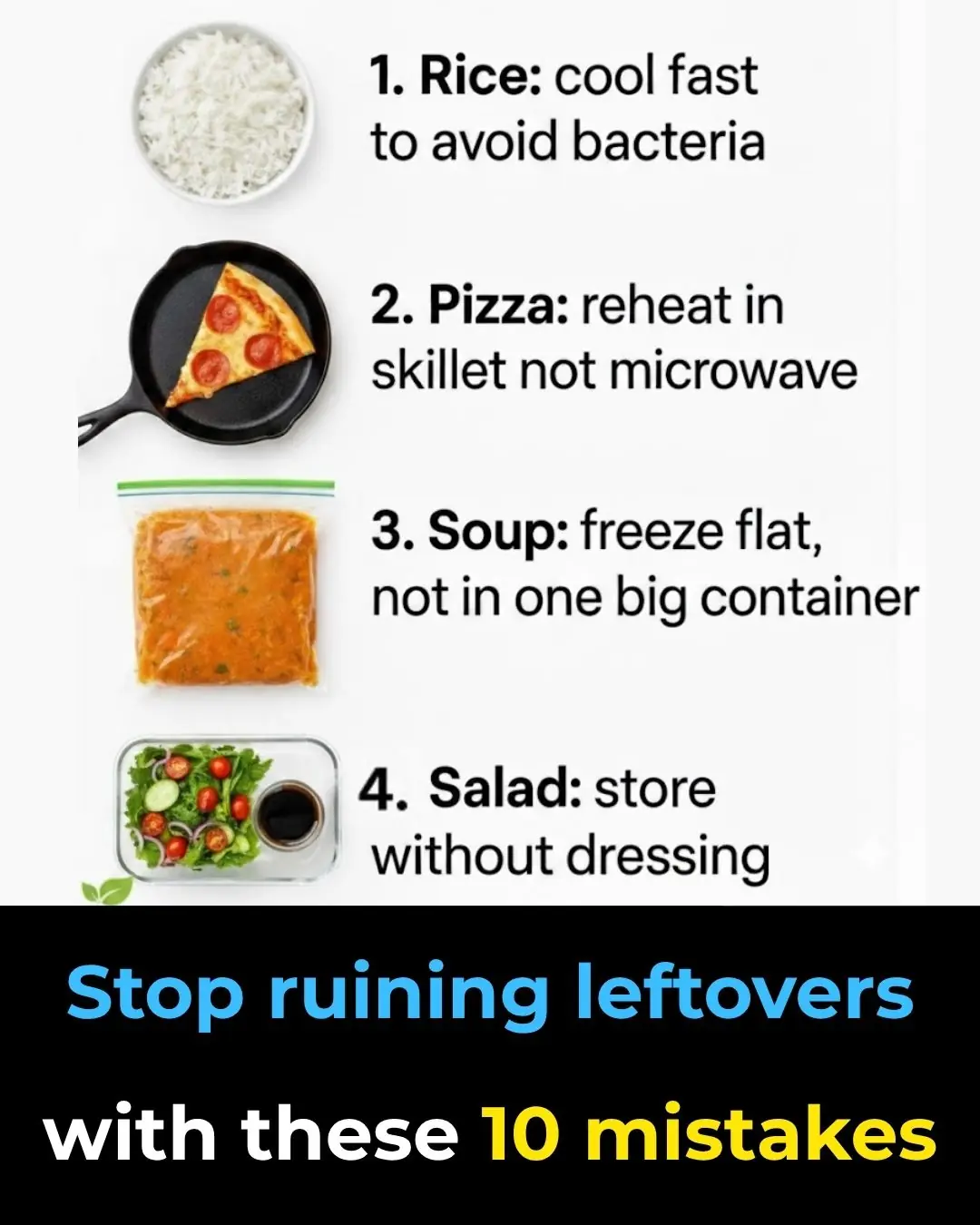
Leftovers are a fantastic way to save time and reduce food waste, but many people inadvertently ruin their stored meals by making common mistakes. Properly handling leftovers can ensure that they remain delicious and safe to eat. Whether you are dealing with a simple rice dish or a gourmet meal, understanding the right techniques for storing and reheating can make all the difference.
In this article, we will explore ten common mistakes that people make with leftovers and provide you with the knowledge to avoid them. By understanding these pitfalls, you can enjoy your meals just as much the second time around. From proper storage techniques to the best ways to reheat, we have got you covered with tips and tricks that make your food taste fresh and delightful.
1. Not Cooling Rice Quickly Enough
Rice is a staple in many households, but it can become a breeding ground for bacteria if not handled properly. Bacillus cereus, a bacterium found in rice, can cause food poisoning if rice is left at room temperature for too long. To prevent this, it's crucial to cool rice quickly after cooking. Spread the rice in a thin layer on a baking sheet to speed up the cooling process, and place it in the refrigerator within an hour of cooking.
Once cooled, store rice in an airtight container in the fridge, where it should be consumed within one to two days. When reheating, ensure that the rice reaches a temperature of 165°F (74°C) to kill any remaining bacteria. Avoid reheating rice more than once to maintain its safety and quality.
2. Using the Microwave for Pizza
Reheating pizza in a microwave might seem convenient, but it often results in a soggy crust and unevenly heated toppings. To preserve the crispy texture and flavor of your pizza, use an oven or a skillet instead. Preheat your oven to 375°F (190°C) and place the pizza directly on the rack or on a baking sheet for 8-10 minutes. This method ensures the crust remains crispy while the cheese melts perfectly.
If you're short on time, reheating pizza in a skillet over medium heat for a few minutes can also do the trick. Cover the skillet with a lid to allow the cheese to melt evenly while keeping the crust crisp. Avoid using high heat, as it may burn the crust before the toppings are adequately heated.
3. Incorrectly Freezing Soup
Freezing soup is an excellent way to preserve its flavors and nutrients, but doing it incorrectly can lead to freezer burn or a compromised texture. Before freezing, let the soup cool to room temperature. Avoid overfilling containers, as liquids expand when frozen. Leave about an inch of space at the top of the container to allow for expansion.
For best results, use freezer-safe containers or heavy-duty freezer bags. If using bags, lay them flat in the freezer to save space and ensure even freezing. When ready to enjoy, thaw the soup in the refrigerator overnight and reheat on the stove over low heat, stirring occasionally to maintain its consistency.
4. Storing Salad with Dressing
Salads are a healthy option for meals, but storing them with dressing can lead to wilted greens and soggy textures. Instead, store the dressing separately in a small container and add it just before serving. This way, the salad remains fresh and crunchy.
For leafy greens, use a paper towel to absorb excess moisture in the container, helping to keep the salad crisp. Store ingredients like tomatoes and cucumbers separately, as they can release water and make the greens soggy. Assemble your salad when you're ready to eat to ensure the best texture and flavor.
5. Reheating Meat at the Wrong Temperature
Reheating meat requires careful attention to temperature to ensure it remains safe and tasty. Using too high a temperature can cause the meat to dry out, while too low a temperature may not kill harmful bacteria. The ideal method is to reheat meat at a low temperature in the oven, around 250°F (120°C), until it reaches an internal temperature of 165°F (74°C).
To keep meat moist, add a splash of broth or water to the dish and cover it with foil while reheating. This creates steam, keeping the meat tender and juicy. Using a meat thermometer can help you monitor the internal temperature accurately, ensuring that your leftovers are both delicious and safe to eat.
6. Storing Food in the Wrong Container
The type of container you use for storing leftovers can significantly impact their freshness and flavor. Avoid using containers that are too large, as excess air can lead to faster spoilage and loss of flavor. Instead, opt for containers that fit the portion size of your leftovers to minimize air exposure.
Glass and BPA-free plastic containers with airtight seals are excellent choices for storing food. These containers are durable and prevent odors from permeating the food. Additionally, choose stackable containers to maximize fridge space and keep your leftovers organized.
7. Forgetting to Label and Date Leftovers
One of the simplest yet most effective practices for managing leftovers is labeling and dating them. This practice helps you keep track of how long food has been stored and reduces the risk of consuming spoiled items. Use a permanent marker and masking tape or invest in reusable labels to mark each container with the contents and date.
By maintaining a labeling system, you can easily identify what needs to be eaten first, reducing food waste and ensuring that you enjoy your meals at their best quality. This method also helps in planning meals and managing your fridge inventory efficiently.
8. Overcrowding the Fridge
A crowded fridge can prevent proper air circulation, leading to uneven cooling and potentially spoiling your leftovers. To avoid this, organize your fridge by placing items in a way that allows for good airflow. Avoid stacking containers too tightly, especially near the back of the fridge, where it can be colder.
Consider using fridge organizers or bins to compartmentalize different types of food, making it easier to access and arrange items. Keep frequently used ingredients at the front and leftovers at eye level to remind yourself to consume them promptly.
9. Ignoring the Recommended Storage Duration
Every type of leftover has a recommended storage duration to ensure food safety and quality. Ignoring these guidelines can lead to consuming spoiled food, which poses health risks. Generally, most cooked leftovers should be consumed within three to four days when stored in the refrigerator.
For longer storage, consider freezing leftovers, which can extend their shelf life to several months. Always refer to reliable sources for specific storage times, especially for different types of meat, dairy, and cooked dishes, to maintain food safety and prevent waste.
10. Not Using Airtight Storage Solutions
Using airtight storage solutions is crucial for maintaining the freshness and flavor of your leftovers. Containers that are not airtight can allow moisture and odors to seep in, compromising the quality of your food. Invest in high-quality containers with tight-fitting lids or use plastic wrap or aluminum foil to seal dishes securely.
Vacuum sealing is another effective method for preserving food, especially for items stored in the freezer. By removing excess air, you can prevent freezer burn and prolong the shelf life of your leftovers, ensuring they taste as good as when they were first prepared.
11. Misusing Popular Viral Hacks
In the age of social media, viral food hacks often promise quick and easy solutions for preserving leftovers. However, not all hacks are rooted in food safety or effectiveness. For example, using a damp paper towel in the microwave to revive stale bread can add moisture, but it might not restore the original texture as promised.
Always approach viral hacks with caution and verify their validity through trusted culinary sources. While some hacks may offer convenience, they may not always be the best option for preserving the taste and safety of your leftovers. Stick to tried-and-true methods to ensure that your meals are both delicious and safe to consume.














